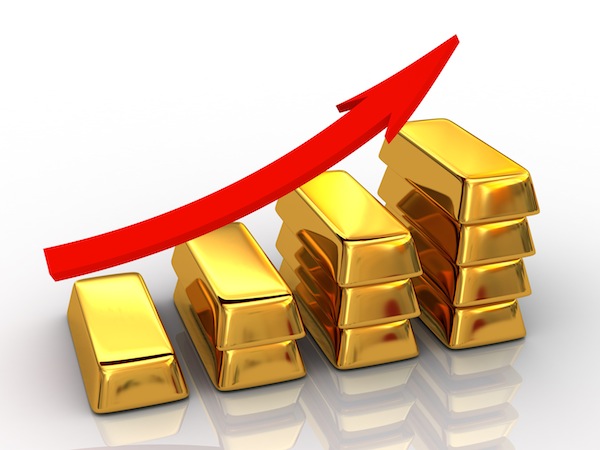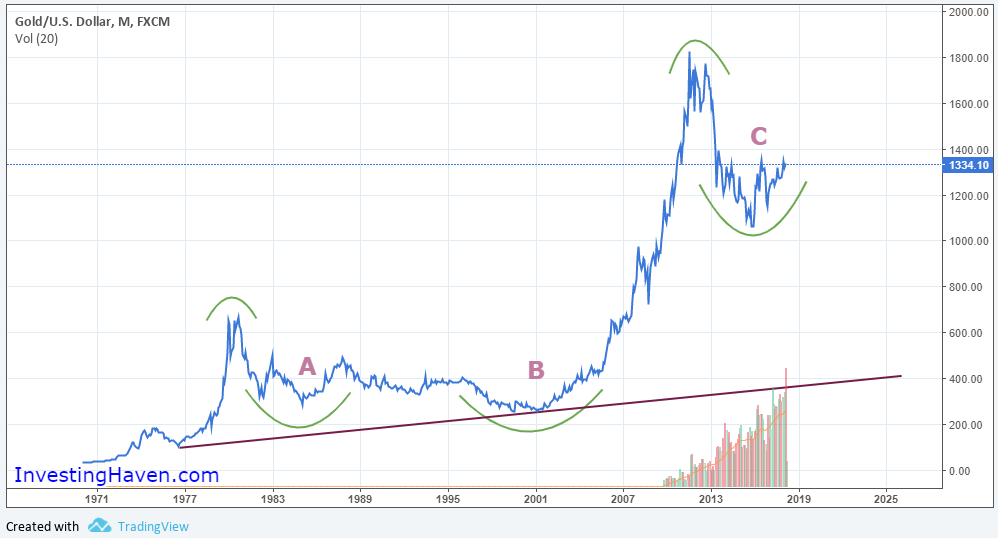Gold price has been getting a lot of attention recently. From trade war fears to a possible stock market crash, the speculation is on and Bullish and Bearish versions are all over the news. Our research team and in the light of the recent moves in Gold price, wanted to assess the price action and share the findings with our readers. The objective, as usual, remains to focus on the price action and ignore the noise and sensational news.
When we wrote our latest Gold price updates last month, the main observations were the following:
- That Gold price was possibly turning Bullish as shown by these 5 must-see Gold charts.
- That we foresee a possible sideways movement for Gold price
The likely path is, as per our latest gold article, that gold will trade sideways for a while. However, we anticipate it will be maximum a couple of months, and maybe around summer time in 2018 a new gold bull market may start.
As mentioned above, with the recent speculations around how the fears from potential trade war and Cohen’s resignation as a top economic adviser for the president, we thought the best way to assess Gold price’s movement is by going far into the past and identifying meaningful patterns. This is what we found out.
Historically, when Gold price turns Bullish after a rounded bottom, it literally rips
The chart below is a gold price chart for the last 50 years. It shows a few rounded bottoms forming throughout the years for Gold. Traditionally, a rounding bottom is a bullish pattern and leads to a breakout for more than 50% of the cases.
When looking at this specific chart, we note the following observations:
There seems to be 2 types of Bottoms for Gold price: A “choppy version” such as the ones annotated below: “A” and “C”. “B” on the other hand is a rounded bottom that developed slowly over a much longer period and lead to the spike that started in 2005 till 2011.
Gold price bottom (C) is more like (A): Choppy and came after a massive Top. Also the 80’s is a period where inflation was extremely high in the US where it hit a high of 14.76% in April 1980. If this bottom is followed by a sideways movement, it will lead to a serious new Bull market for Gold. This Bull market would take gold price higher and possibly very fast if it follows the pattern from the chart.
Note how the long term chart shows as well the importance of the 1225 USD level. If the price falls below that level, it means the rounded bottom is broken which would be very Bearish for Gold price.
Our conclusion is that Gold has the potential to turn Bullish to extremely Bullish: The longer the consolidation will take, the higher the price will likely go. The Bullish case would be invalidated though, if the price drops below 1225 USD.






